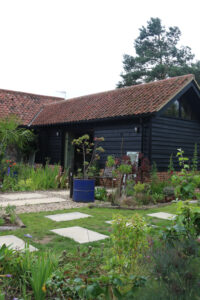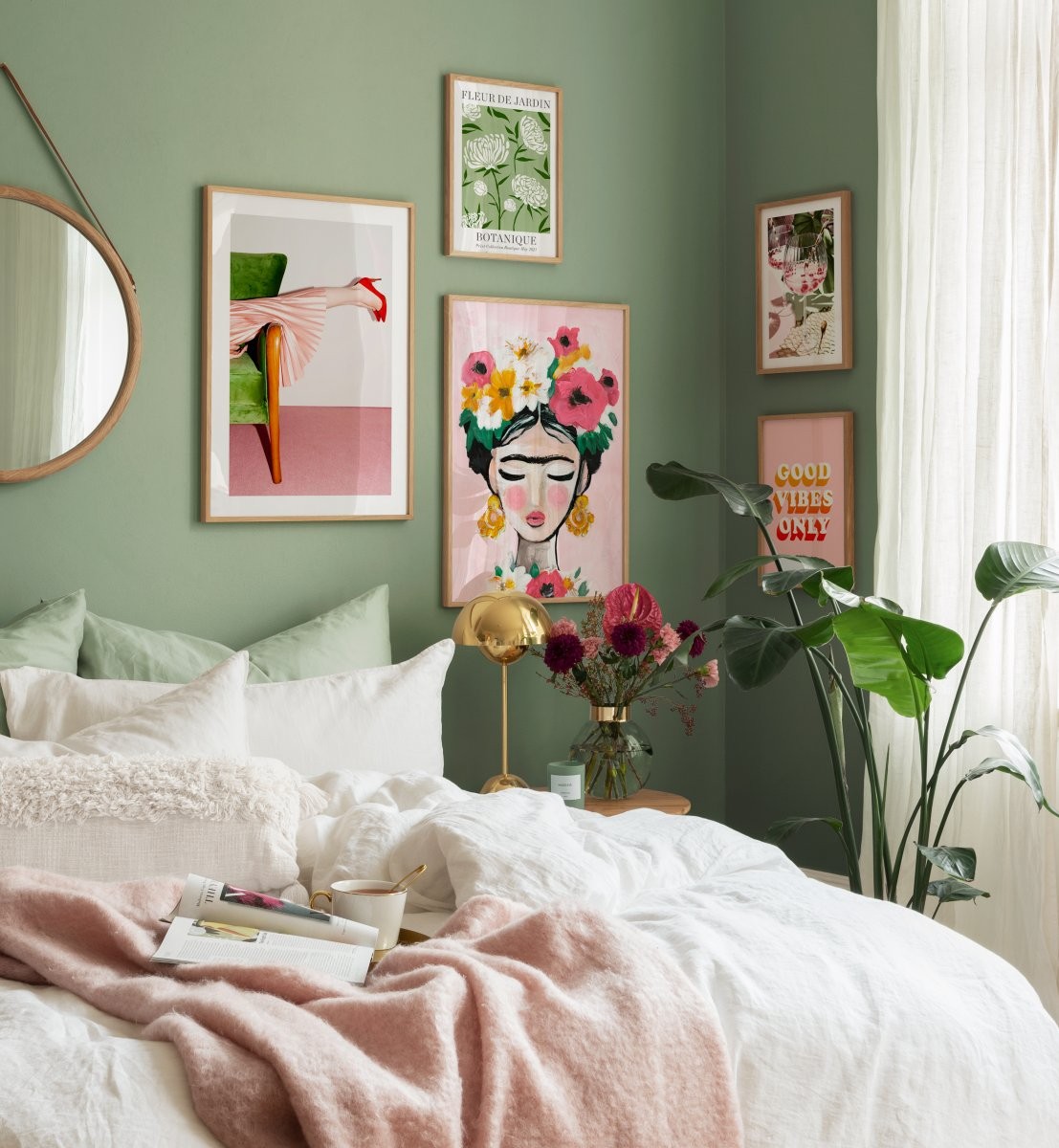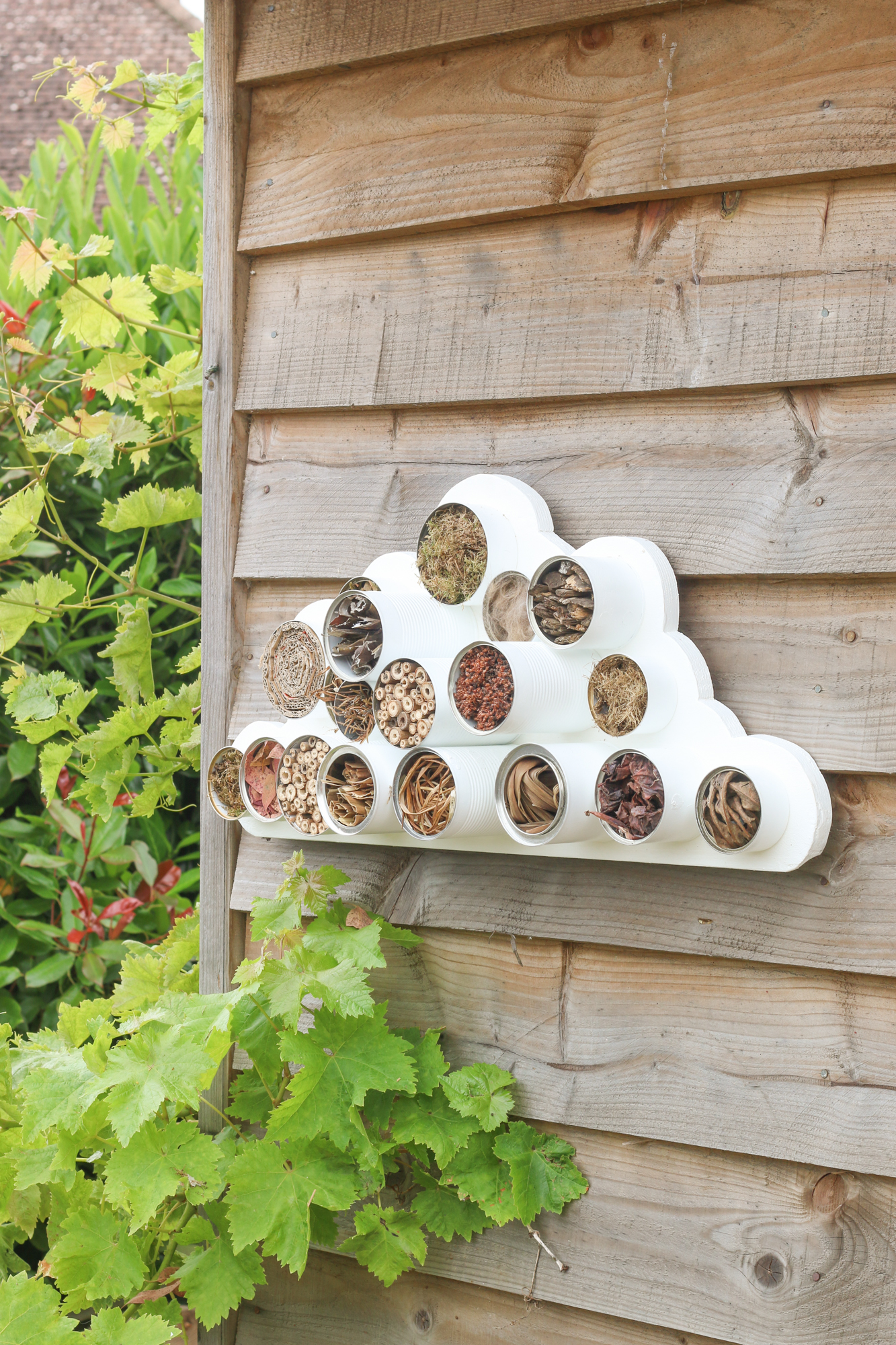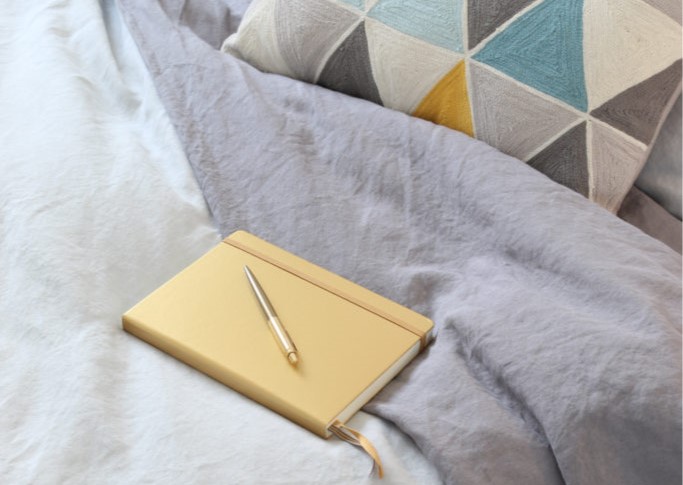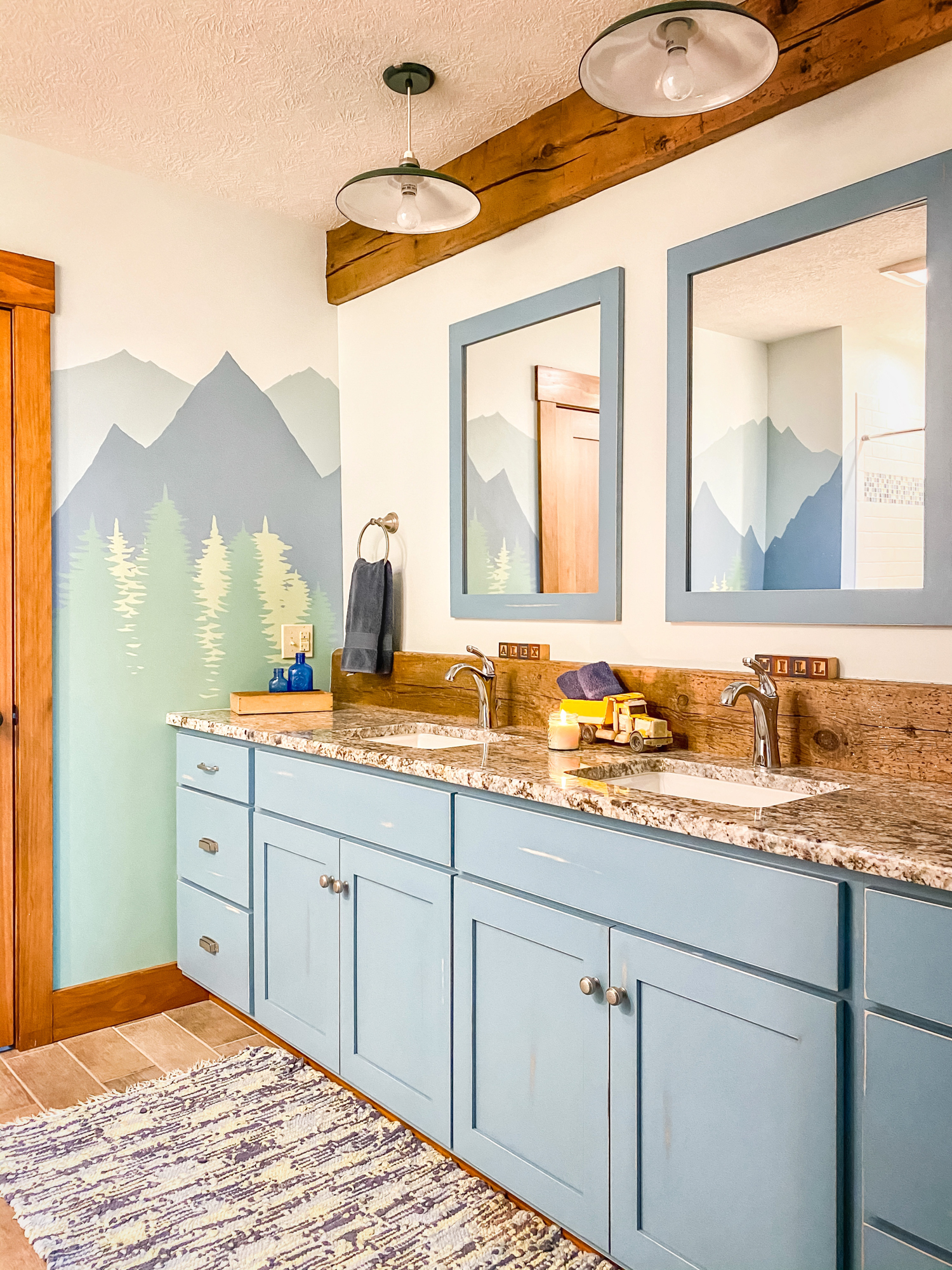While some children may have gone back to school, many are still at home. This means they’ll be learning in the same spaces where they usually play and sleep plus, you probably want them to be creative and feel relaxed too. So how do you design a kids room that incorporates all of these activities? Here are some ideas:
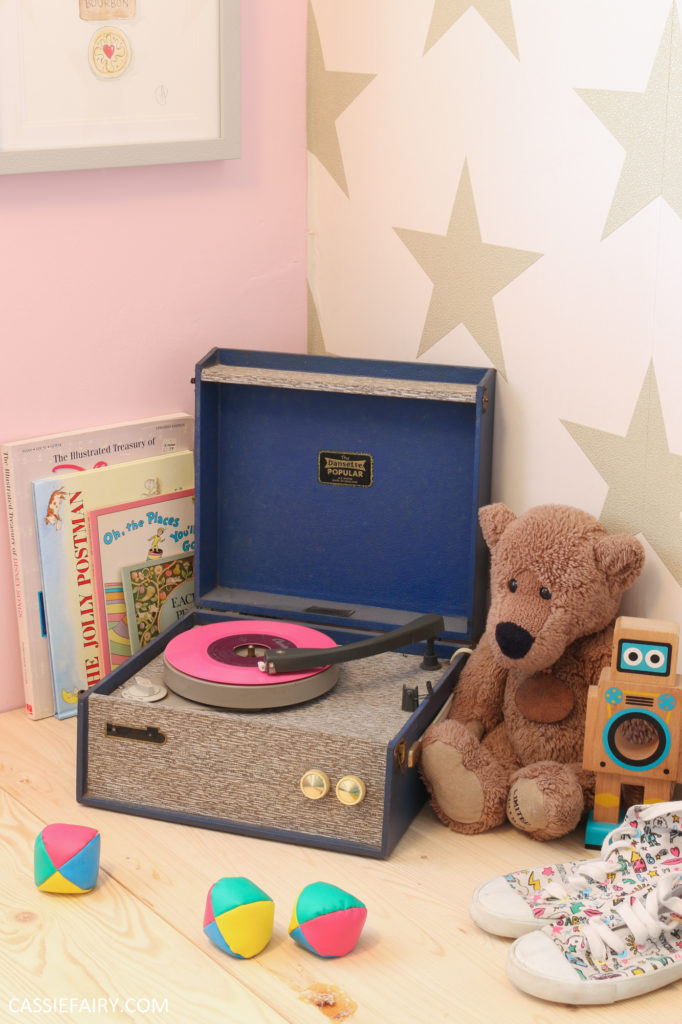
LEARNING FROM HOME
If your youngster is one of the many children who aren’t back in school this month, it means they’ll have lessons to complete during the day and they may be doing do in their bedrooms. It’s therefore important to give them a dedicated space where they can store their schoolwork and do any learning tasks during the day.
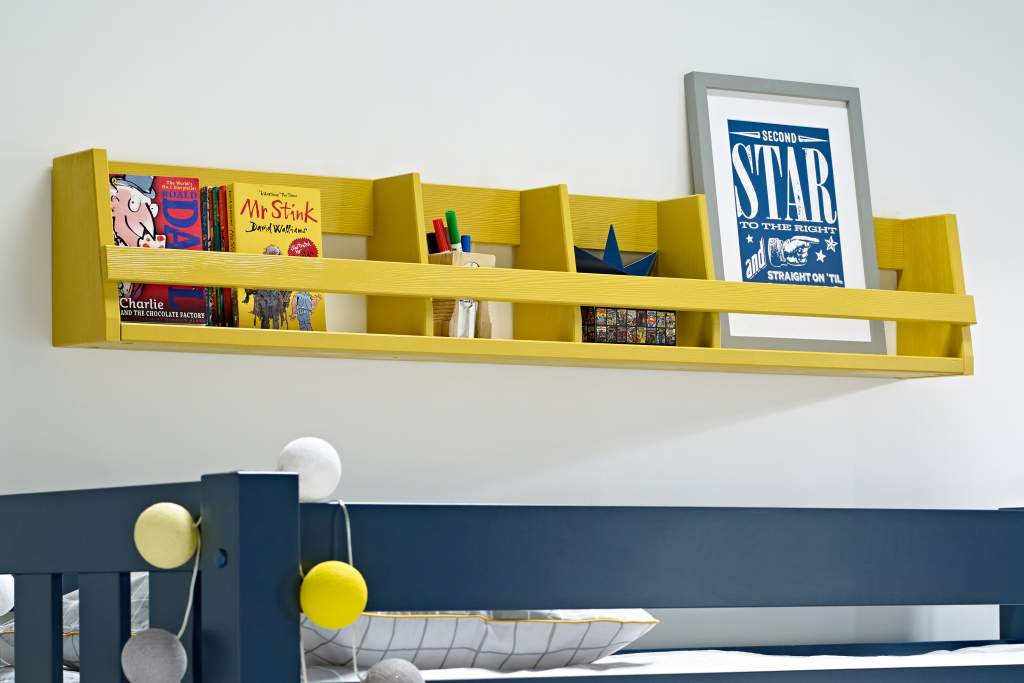
A small desk with a comfortable chair is the ideal option as it signifies to your child that it’s a workspace rather than a playing area. In much the same was as an adult’s home office space, the desk should be easy to access, with all paper, pencils and supplies close at hand, and it should be kept tidy so that it’s ready to use whenever needed.
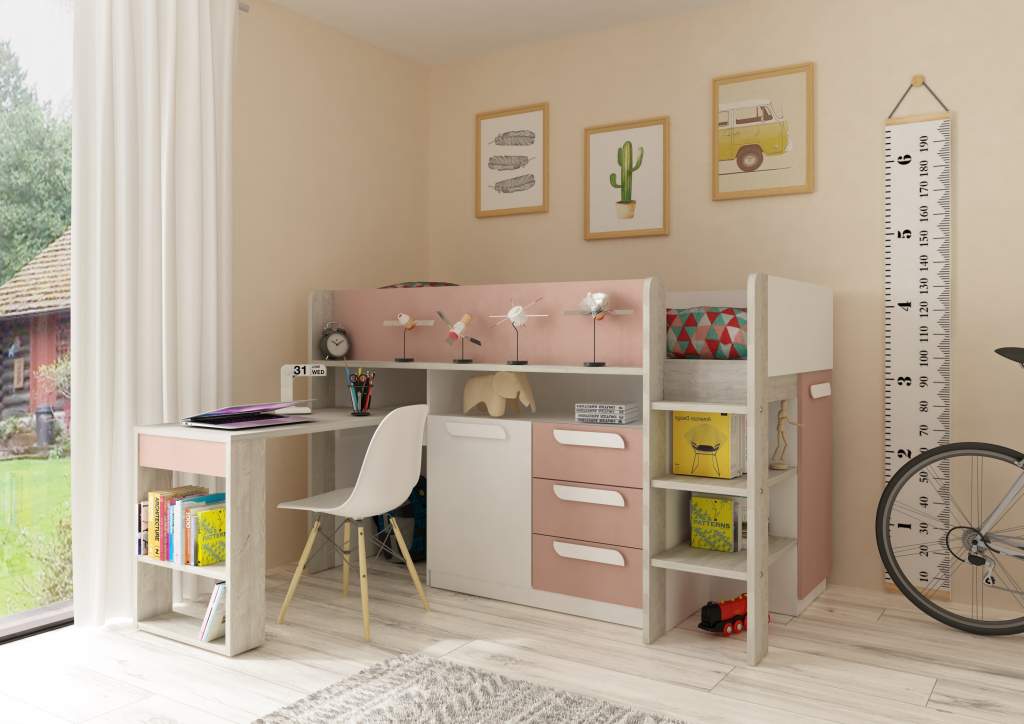
If you’re tight on space in your children’s bedrooms you can make room for a desk by elevating the sleeping area with cabin beds. This frees up floor space underneath it for stowing away a desk and bookcase. They’re often multifunctional pieces of furniture anyway, with storage and a desk built in. These pieces can be tucked away when school is over and it’s time to play.
GETTING CRAFTY
I recently blogged about some crafty ideas to keep children entertained while still learning something at home. And LoveCrafts’ ‘Kids crafts’ page has had a surge in traffic (up by 1210%!) between February and April, which shows that families are crafting more while the kids are at home. So, if you need extra space for getting crafty but don’t want the dining table to be taken over, try to allocate a space in your child’s bedroom or playroom for crafting.
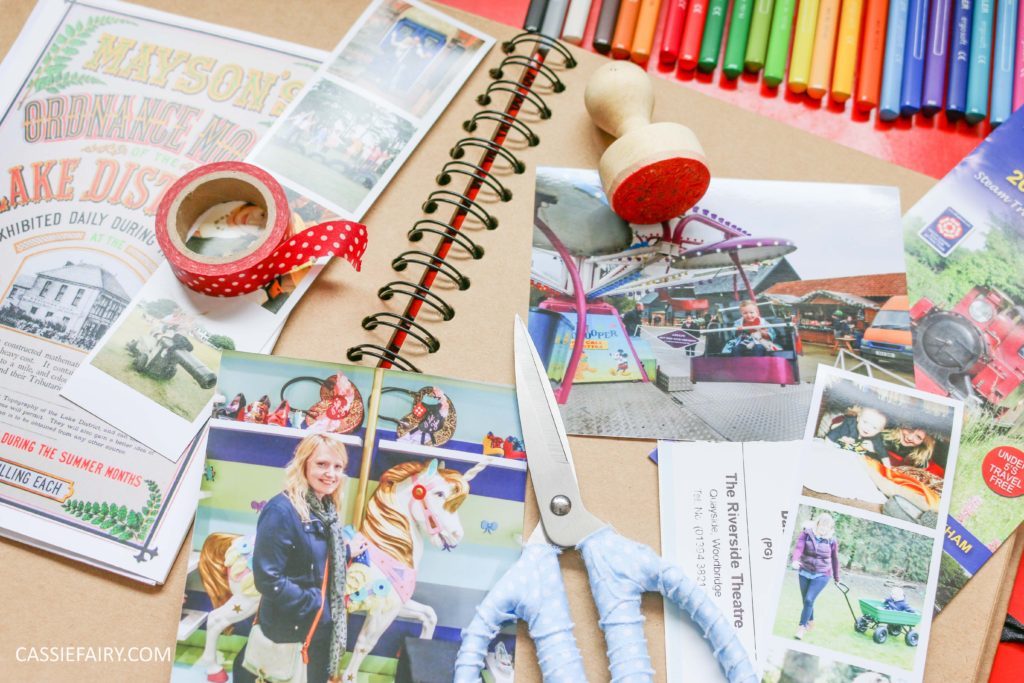
It could be the case that all you need is a plastic mat (perhaps a tarpaulin or one of those wipe-clean plastic outdoor rugs?) to lay down on the floor to keep glue, paint and any other liquids away from the carpet. The bigger the flooring covering, the better, as it ensures that any splashes won’t be a problem.
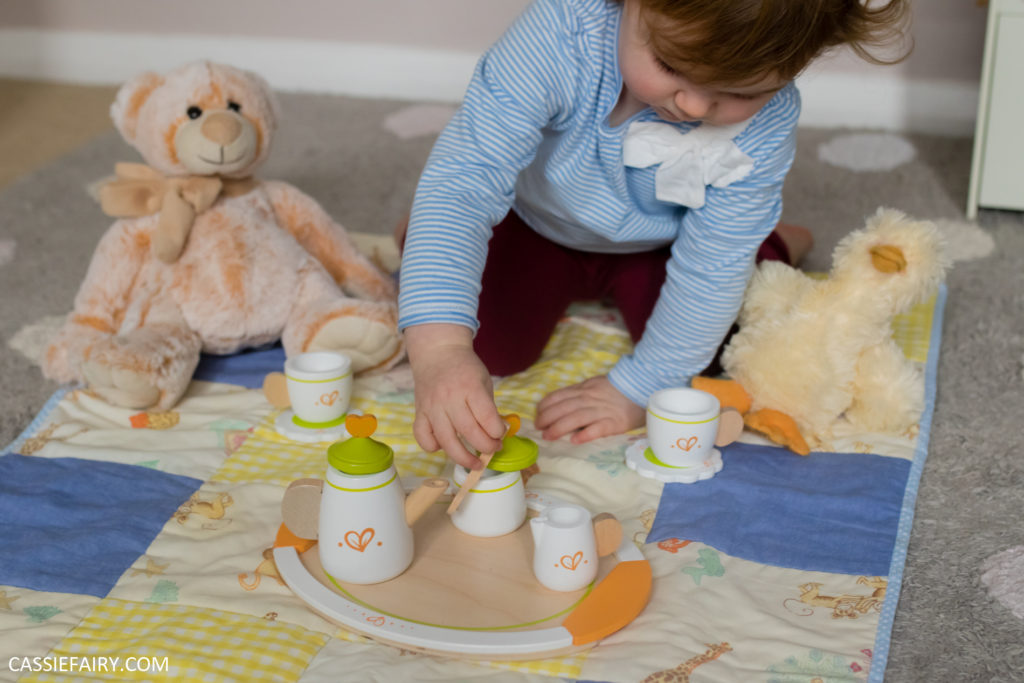
Likewise, this is a good technique for playtime too – if you lay down a blanket as a play ‘zone’, toys will all stay in this space and can be easily scooped up and tipped into the toy box after playtime is over!
RELAXATION TIME
It can be non-stop when children are at home – they just have so much energy, don’t they?! So it’s a good idea to incorporate some relaxation time into the day. It’ll help children to feel less overwhelmed by the current situation and it’ll be lovely for you to experience a bit of quiet time in the house. Encouraging youngsters to read is a great way to calm things down.
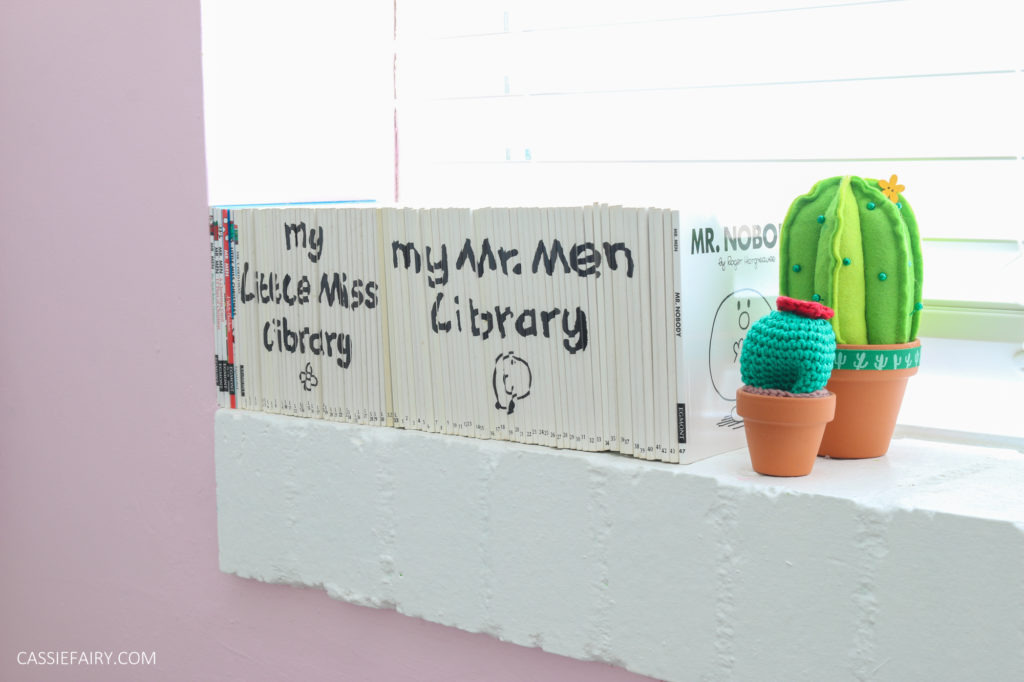
If they’re old enough, they can read to themselves, and younger children will enjoy snuggling up for story time with you. Create a cosy spot dedicated to reading – a sofa in the conservatory perhaps, or a beanbag in their bedroom – but not in bed. The more comfortable they are, the more relaxed they will feel and can begin to unwind. It doesn’t have to be at the end of the day – a peaceful half-hour during the day can make all the difference.

I hope these suggestions have given you some inspiration for creating spaces in your home for children to learn, rest, play and be creative. Let me know what you’ve been doing at home to help your children work and relax in the comments below, I’d love to hear your tips 🙂
PIN IT FOR LATER
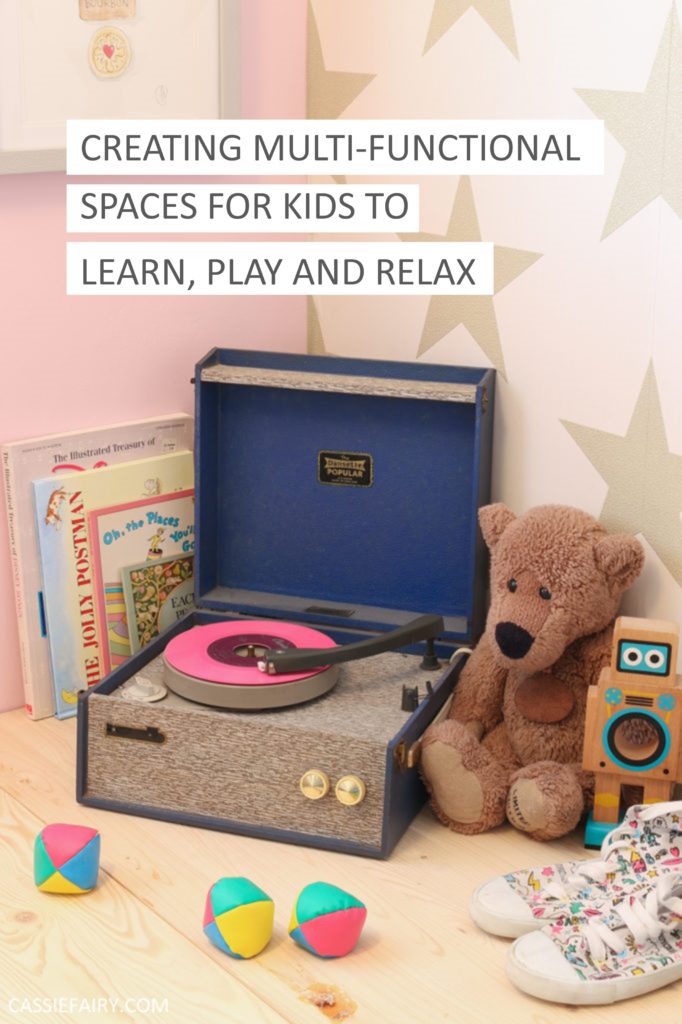
This article is a sponsored collaboration. The pink links in the content indicate a sponsored link or information source. The blog post reflects my own experience and the sponsor hasn’t had any control over my content 🙂
















